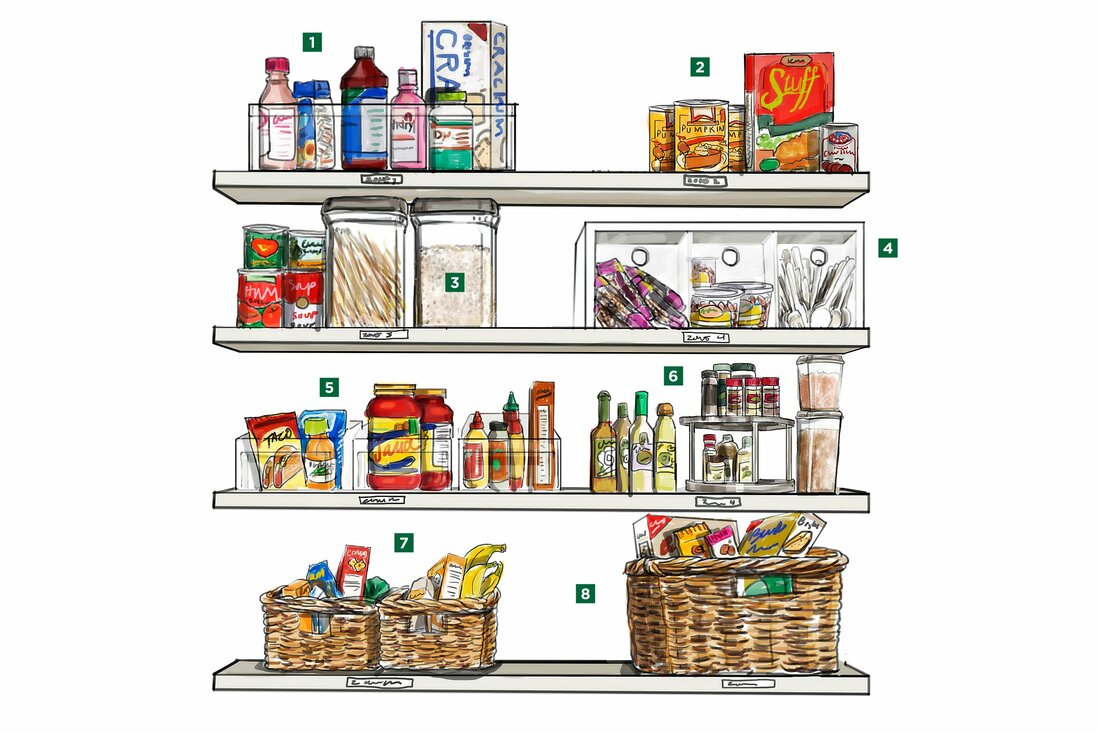Now that you have a record of the food already in your house, identified a place to store more, and set up a shelf, it’s time to find out how much of what food items it will take to feed YOUR family for three months! This method can work for anyone, whether you have food allergies, picky eaters, or other special diets.
Sit down with your family on Sunday or Monday-- during Home Evening works great-- and get your children’s suggestions of favorite meals. Plan a menu of at least breakfasts and lunches for anywhere from one week to a month. (At our house, lunch is leftovers, or sometimes sandwiches.)
Need ideas for meals? Here’s a month plan from me, a collection from Wendy DeWitt, a list of things my family likes, and a Shelf Stable Recipe Book collected from readers of FoodStorageMadeEasy
Then you need to figure out how much of each food item or ingredient you need for each meal. There are at least two good ways to do this—3x5 cards, or spreadsheets. There’s a digital spreadsheet that will add your totals for you, and a printable one if you prefer to do it in hard-copy.
3x5 cards-
The method in a nutshell:
If you’re planning 7 breakfasts and 14 dinners, pull out 7 + 14 cards. Write a meal at the top of each one. Below that, on the left, write down each ingredient or food item you need for that meal, including water and salt. In the middle, write down how much of it you need for that meal. Once all cards are done, make a master shopping list from them. Read more about this method on page 1 of Wendy DeWitt’s food storage booklet. She also has a video explaining her system- watch from minute 6:55 to about 9 minutes. She uses this method for her year-long storage, but we’re only using it for the 3-month supply.
Spreadsheet method:
You start out the same-- choose 7 or more breakfasts, 7 or 14 or more dinners, list out the ingredients/foods and quantities. This Three-Month Supply Excel Spreadsheet will do all the math for you. If you're not sure how to use it, watch this tutorial. If you prefer to have a hard copy to write on, go to the same link as the Three-Month Supply spreadsheet; there's a downloadable, printable version there as well.

 RSS Feed
RSS Feed